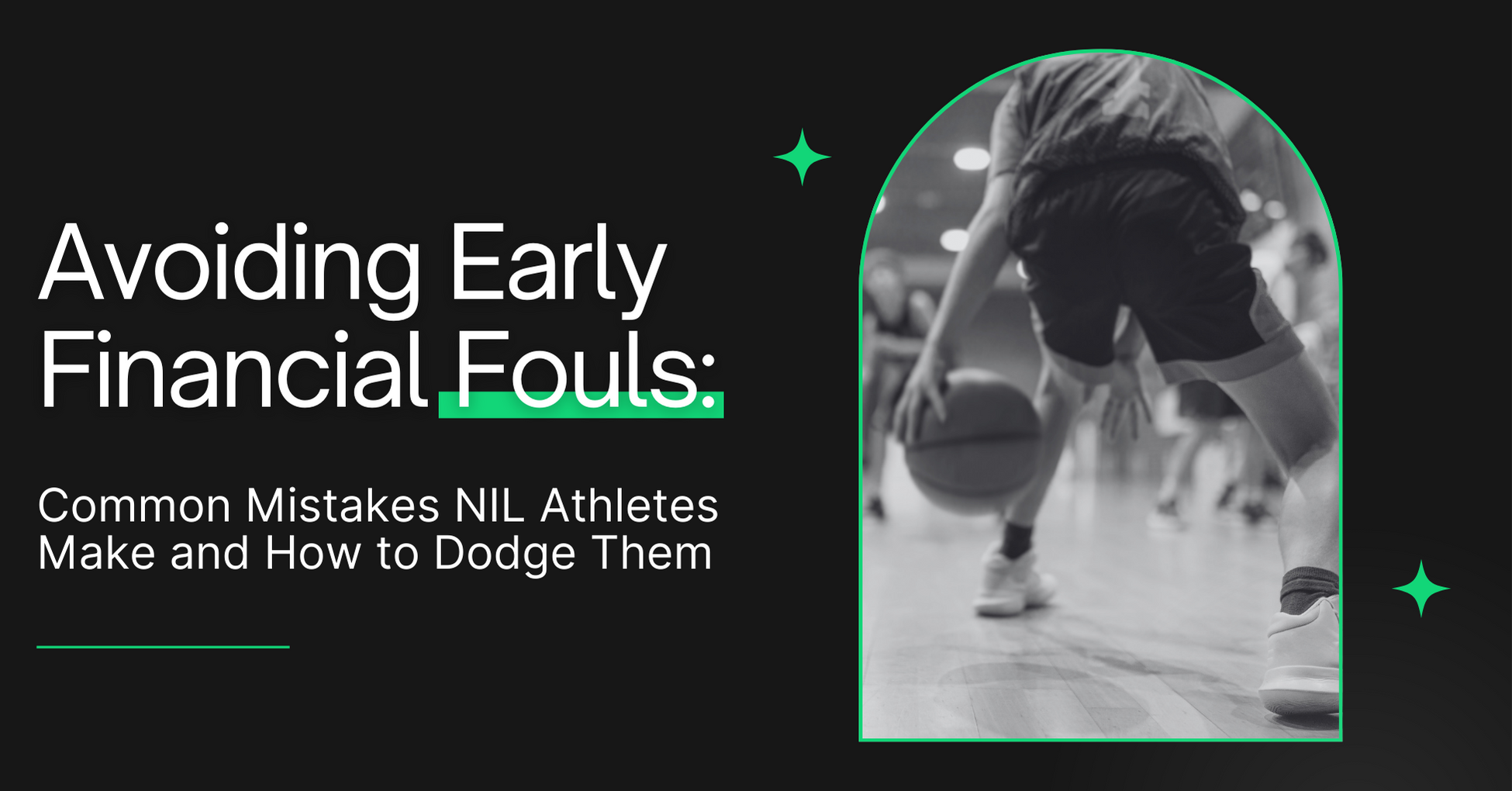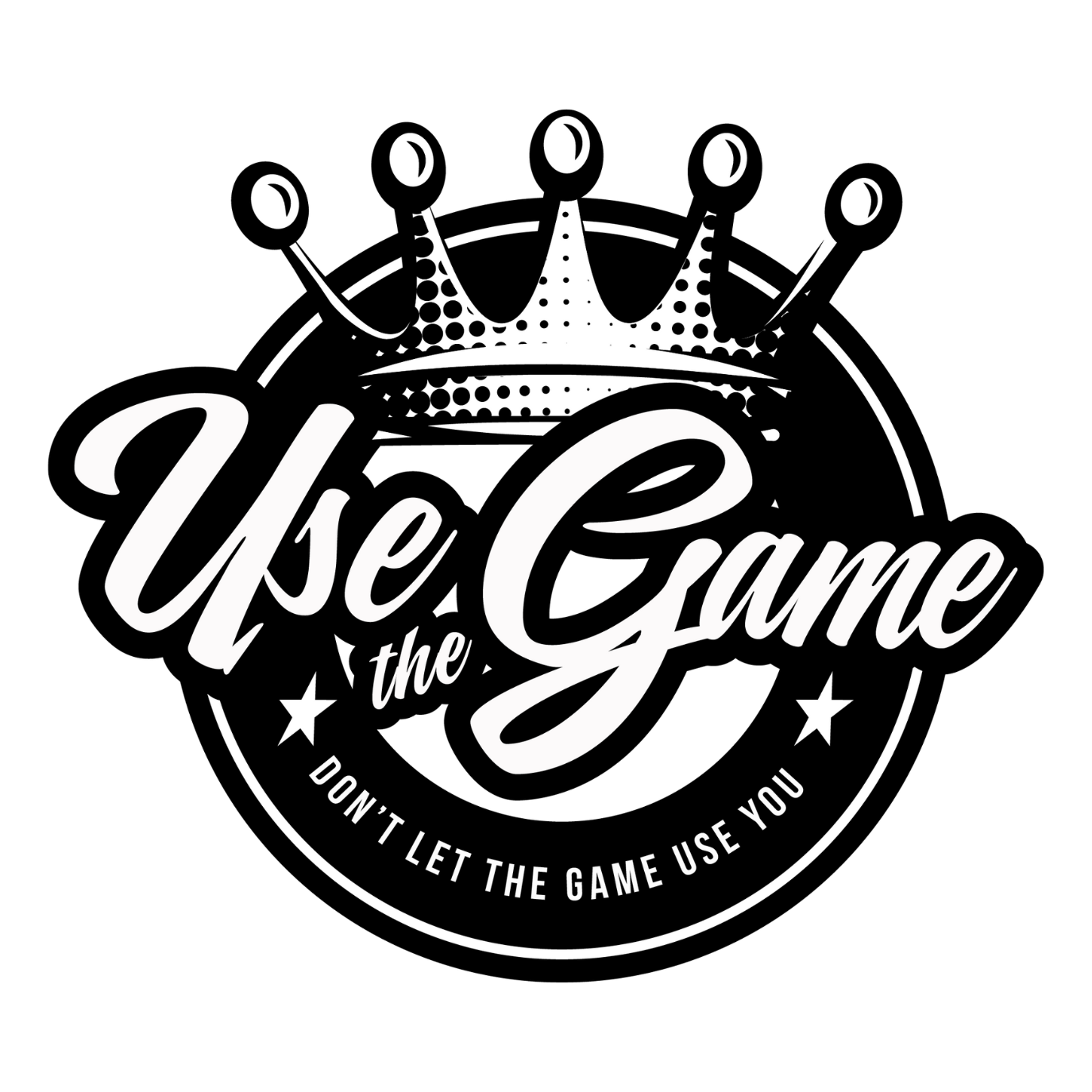
The introduction of Name, Image, and Likeness (NIL) rights has opened a new realm of opportunities for college athletes, allowing them to earn from their personal brand while still in school. However, with great opportunity comes great responsibility, and many young athletes find themselves navigating uncharted financial waters. Here, we spotlight the common financial missteps NIL athletes might make early in their college careers and offer strategies to sidestep these pitfalls.
1. Overlooking Tax Obligations
One of the most critical areas where NIL athletes stumble is in managing their tax obligations. Earning through NIL means you’re essentially running your own business, and with that comes the need to pay taxes on your income.
How to Dodge It: Consult with a tax professional who has experience in self-employment and athlete taxation. They can help you understand your tax liabilities, claim eligible deductions, and plan for timely payments, ensuring you don’t get blindsided by a hefty tax bill.
2. Failing to Budget or Save
Many NIL athletes, experiencing a windfall for the first time, might not prioritize budgeting or saving. This oversight can lead to financial instability, especially since NIL earnings can fluctuate seasonally or with the athlete’s visibility and performance.
How to Dodge It: Adopt a budgeting system that accounts for fixed expenses, savings goals, and discretionary spending. Set aside a portion of each payment into savings or an emergency fund to build a financial cushion.
3. Neglecting Long-term Financial Planning
The excitement of immediate NIL earnings might divert attention from long-term financial goals like retirement savings or investments. However, the average athletic career, especially in contact sports, can be shorter than in other professions, making early financial planning crucial.
How to Dodge It: Start with setting long-term financial goals and consider speaking with a financial advisor about investment opportunities. Even modest investments made early can grow significantly over time, thanks to the power of compounding interest.
4. Undervaluing Their Market Worth
Many young athletes, eager to jump into NIL deals, might not fully understand their market value, leading them to accept deals that underpay them or don’t align with their personal brand.
How to Dodge It: Before agreeing to any deal, research the market rates for similar endorsements or partnerships. Don’t hesitate to negotiate terms or seek advice from a trusted mentor or agent who understands your sport’s endorsement landscape.
5. Overcommitting Time and Resources
NIL activities, while lucrative, can also be time-consuming and might distract from academics or athletic performance. It’s essential to balance these commitments to maintain eligibility and progress toward degree completion.
How to Dodge It: Prioritize your time and commitments, focusing first on academics and your sport. Be selective about NIL opportunities, choosing those that offer the best balance of financial reward and time commitment.
6. Ignoring Contractual Obligations and Implications
NIL contracts can be complex, and without proper understanding, athletes might find themselves in binding agreements that have negative implications on their future earnings or NCAA eligibility.
How to Dodge It: Always have contracts reviewed by a legal professional experienced in sports and entertainment law. They can help you understand the terms, conditions, and any potential impact on your career and NCAA eligibility.
Final Whistle
Navigating the NIL landscape requires more than just athletic talent; it demands financial literacy and prudence. By being aware of these common mistakes and actively working to avoid them, NIL athletes can safeguard their financial future while capitalizing on their current earnings. Remember, the goal is not just to succeed in your sport but to win in the game of life as well.
